Blog
AI for Producers: Your Q3 Directory of Intelligent Innovations in Music Tech
10 Sep '2024
Stay up to date with the booming artificial intelligence revolution and its impact on music technology into the third quarter of 2024

Photo: Tara Winstead on Pexels
If your thirst for AI music tools remains unquenched, look no further. We’ve been working hard to keep track of the latest AI innovations within the music industry, collating a list of the most relevant technologies per quarter of 2024.
This third leg of the journey has seen less brand new additions than the previous Q1 and Q2 periods, nonetheless, we’ve still managed to narrow down a list of nine significant AI music technologies that just might spark a new creative endeavour within you, including the new and improved audio restoration suite by iZotope, RX 11.
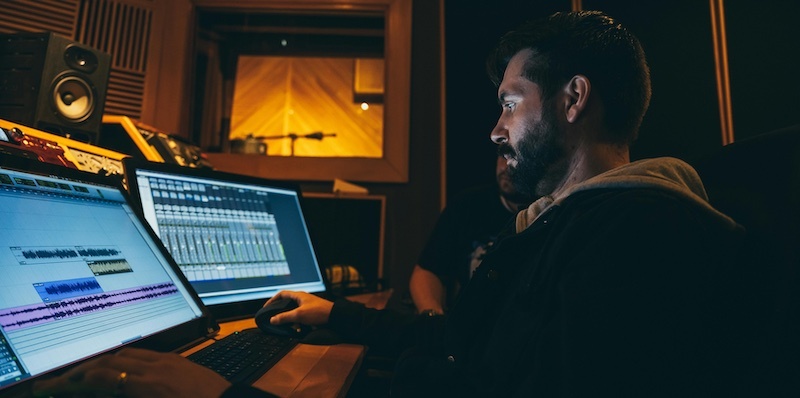
iZotope RX 11 isolates and restores dialogue
We’re sure you’re already familiar with iZotope and their monumental contributions to the music industry. However, you might be unaware that they’ve just recently released the 11th iteration of their acclaimed RX, with some drastically improved AI features.
For example, RX 11 comes with a new and highly impressive Dialogue Isolate tool, featuring machine learning to provide real-time, instantaneous dialogue restoration results. Do you regularly work with dialogue audio that contains a lot of background noise? The new AI-powered RX 11 can have it sounding at near studio quality in a matter of seconds.
The new Dialogue Isolate is just one of many audio restoration tools within the RX 11 suite, and many of the tools found in older versions of RX have received significant AI upgrades.
Noisee AI generates visuals for music videos
AI music video generators like Kaiber AI have received near worldwide recognition at this point, especially amongst creative communities. Now, Noisee AI is here to shake up the scene with its own style and approach to AI music video creation.

From what we’ve seen so far, Noisee AI’s results are more video-like than Kaiber’s, with less strange AI artefacts and inconsistencies. That’s not to talk down Kaiber, as it can truly contribute a unique video accompaniment to any piece of music. However, if you’re looking for more smooth transitions and typical video-like imagery, it might be worth jumping into Noisee and getting experimental. Noisee have even featured a user showcase section on their website if you’d like a sneak peek.
Chameleon 2 mimics a reverb signal
One of the most unique entries in today’s list is Chameleon 2, a reverb imitation tool. So far, it seems to be one of a kind, and demonstrates that there’s still room for AI innovation even in the third quarter of 2024.
Basically, Chameleon 2 uses machine learning to analyse any source recording and imitate its reverb characteristics. Once the reverb has been analysed, the plugin will imitate it (IE, like a chameleon) and provide a customisable profile based on the source recording. Users can imitate and build as many reverb profiles as they like, giving them the ability to fortify their own reverb library using Chameleon’s AI.
There’s a bit more going on under the hood of this tool, and it’s impressive to say the least. Check out Chameleon's drum matching above.
Singify generates crossover vocals
This one is more of a gimmicky entry to the list with not so many real-world, practical creative applications. However, it’s still a bunch of fun to use, and will probably find itself a spot in a few peoples’ musical easels.
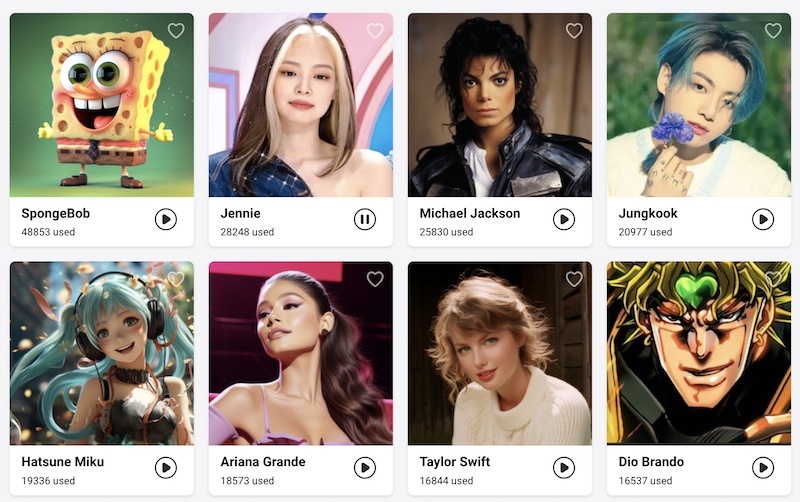
Singify allows users to generate AI cover songs using an AI voice model from quite an expansive selection. Want to make Shaggy from Scooby-Doo sing Britney Spears? Singify has you covered! You can see now why we said this entry was gimmicky. Nonetheless, it works well. Just choose an AI voice model, import your audio and watch the magic take place! The best part about it is that you can import audio as a file, record directly to the server, or paste a YouTube link.
Magenta Studio is a talented Max For Live device
Next up, we have another AI addition to the world of music founded by Google. Magenta Studio is more likely to find its place as a practical tool in any creators’ toolkit, as it’s now available as a plugin, compatible with Ableton. Sure, it still has a lot of room for improvement, but it’s well on its way to becoming a staple music AI tool.
Using Magenta is pretty simple too, you can open it up within Ableton Live and command it to generate a sequence of MIDI data to any of your tracks. Want to generate a few four-bar drum loops to choose from? WIth Magenta, you can. What about a melodic 8-bar loop? You can do that too.
If Magenta Studio was refined and integrated to work with all other major DAWs, we could see it becoming a popular AI creative assistant.
DAACI are building AI plugins including Natural Drums
Another practical tool on the list here–this time perhaps a bit more further along in development–is DAACI. The development team appears to be working very hard behind the scenes to make some quantum contributions to the world of music creation AI.
Currently, you can sign up to the beta and get hands on with the DAACI Natural Drums tool, however, there’s going to be plenty more exciting additions coming soon. Signing up to the beta will also grant you access to the DAACI Open Beta Community, giving you special privileges to test upcoming developments and have your fair say over how things progress. Aside from that, you’ll be able to get some exclusive discounts in the future.
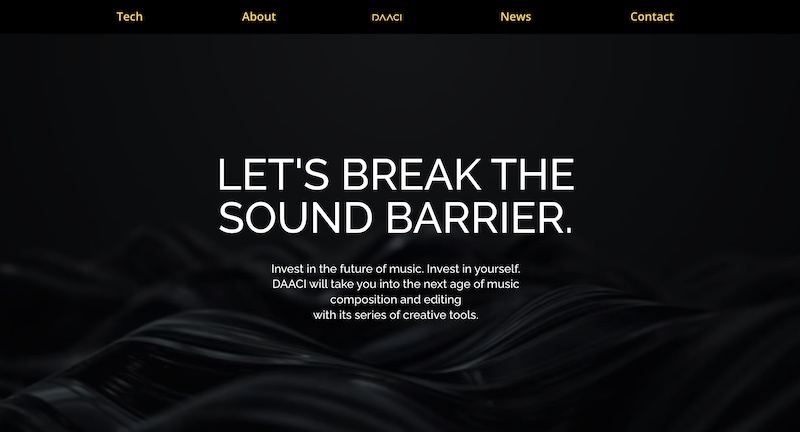
DAACI is definitely one from today’s list to keep your eyes on and revisit a bit further down the line.
RIFFIT Reader sings things for you
Moving forward to RIFFIT Reader–Another niche yet neat audio tool to make it to today’s list. With this handy AI-driven technology, you can import written text and convert it into sung music. It’s labelled as a reading assistant, aiming to make reading fun for all learners, however, there’s no reason you couldn’t use RIFFIT Reader to convert writing into song for ang purpose.
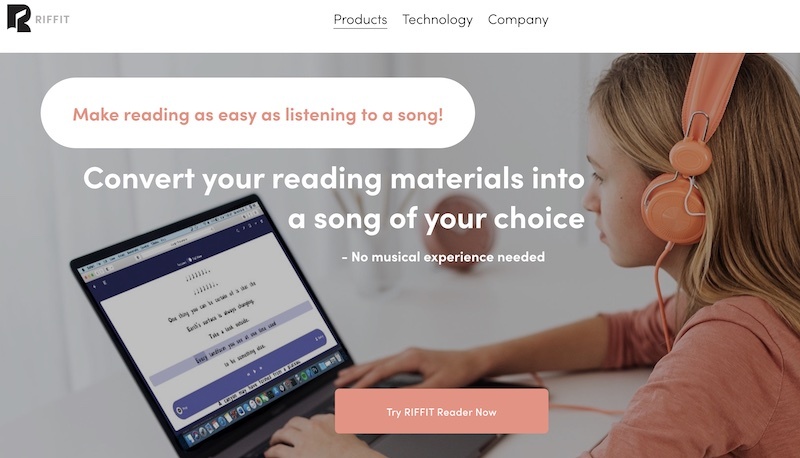
You can choose a musical genre, as well as one of the preset AI voice models, import your text, and watch as RIFFIT turns your reading material into a fully personalised, engaging song. This app has huge potential to be implemented as an educational tool in the future. As for its creative potential…well, it’s down to us creatives to do what we do best… get creative!
Hooky generates known artist voices
Hooky offers a promising vision for the future if all goes to plan, however, the tech is still in its infancy with a lot of hurdles to cross before it can emerge in full force. Either way, it’s certainly one to keep in mind over the next few years based on its potential prospects alone.
The platform is set on a mission to create a legal and fair AI voice generation system for artists, producers and creatives. So, in theory, if Hooky is successful and gets enough labels and artists behind it, you’ll be able to generate vocals from your favourite artists and include them in your compositions legally. The artists will also be compensated fairly and will have to agree to the licensing beforehand.
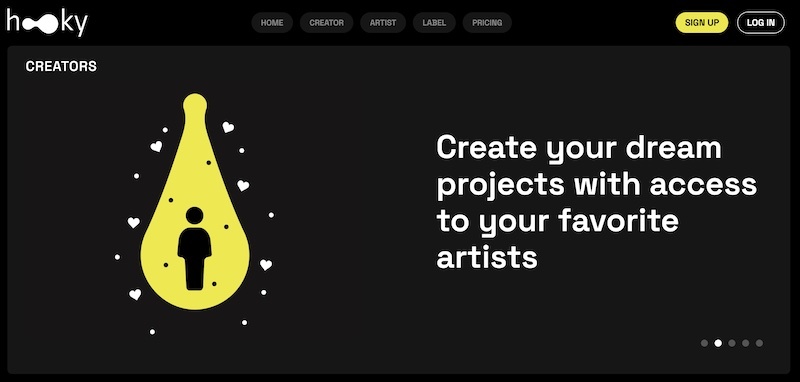
Of course, this seems like it will be difficult to fully actualise, however, even if Hooky manages to accumulate a somewhat significant roster of artists, it could become a creative tool powerhouse.
Staccato helps you write songs
Staccato is an AI songwriting assistant, capable of writing both lyrics and melodies. Any lyric-writing AI tool is a warm welcome to our list, as we’ve only seen a select few similar tools, such as Google’s TextFX. Staccato seems to stand on its own though, providing lyrical assistance from a different stance, with the added benefit of melody writing as well.
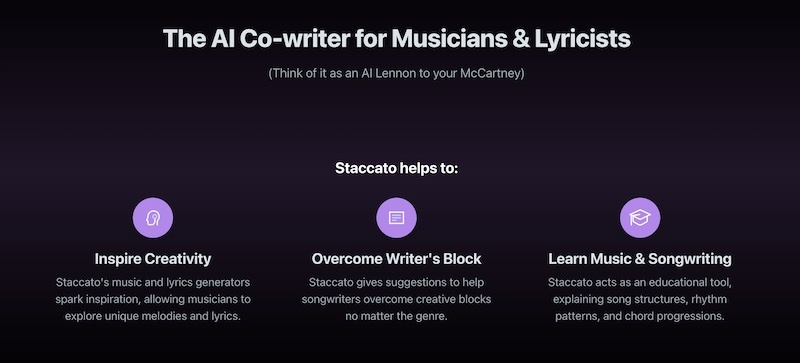
As AI is becoming more normalised in all industries, it seems that the stigma around using it for creative purposes is becoming less shame-invoking. There seems to be a few big names, such as America's Got Talent finalist Stacey Kay praising Staccato as a tool to remove writer’s block and get human inspiration flowing, rather than replace it completely.
FAQs
Is there an AI for music production?
As we’ve shed light on today and in our previous Q1 and Q2 AI for music producers directories, there’s a vast array of AI-powered tools available for music production.
Just like every industry, the advent of AI has impacted the world of music production and developers are working hard to integrate such technologies in ways that benefit and compliment human creativity, rather than limit and eradicate it.
Can AI replace music producers?
It’s highly unlikely that AI will completely replace human music producers and artists. If you’ve experienced any form of artificial intelligence generated art, you’ll know exactly how stagnant and alien it can feel, lacking human emotion.
Although the technology is sure to keep advancing and, at some point, become indifferent to what humans can produce, the true creativity will always remain in the hands of the human who is directing the AI for their own creative pursuits.
How is AI used in the music industry?
AI is being used in many different ways across all industries. The music industry is no exception. Whether as a creative tool for generating sound and/or visual art, or being used as an organisational tool to collate audio metadata, the possibilities are nearly endless.
Eminem released his 12th studio album The Death of Slim Shady (Coup De Grace) recently and made use of AI to resurrect his 1999 alter alias Slim Shady. This is just one example of how artists are beginning to use artificial intelligence in ingenious ways to enhance their creative output.

